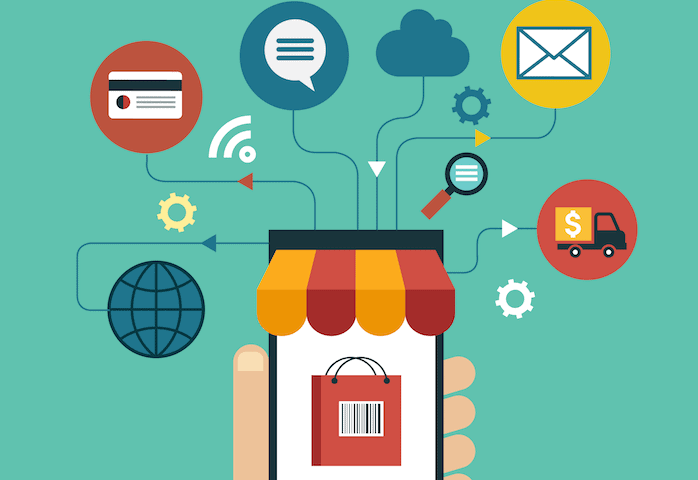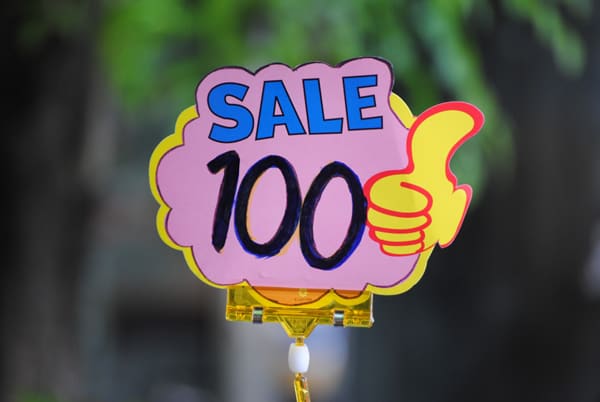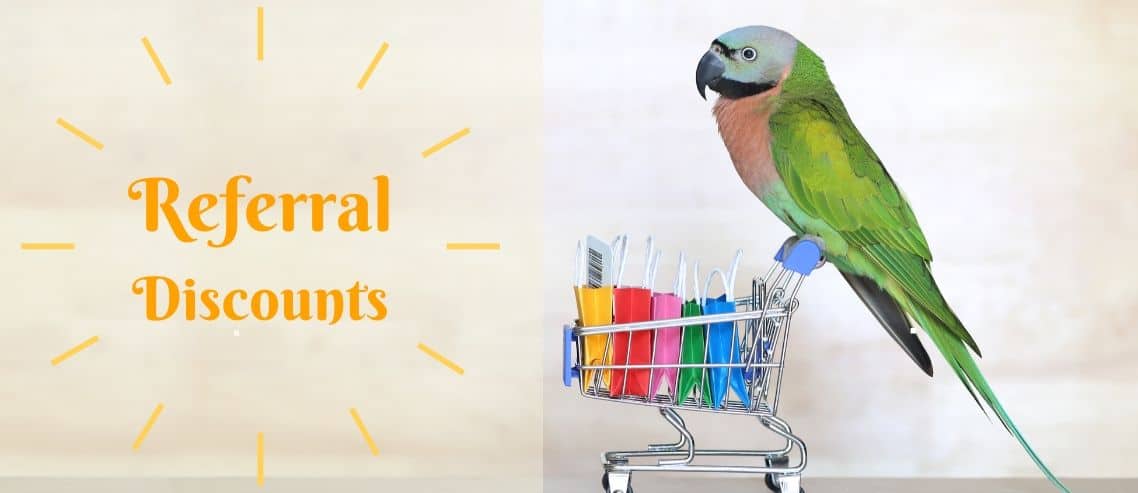
As most of the loyal readers of Prisync’s E-Commerce Blog already know, we are quite keen to drill down any interesting subject about e-commerce and love to publish posts as kind of follow ons to each other in our blog.
After a few pieces on our blog about Loyalty in E-Commerce, we were fascinated by the depth of this topic and luckily, today, we have Kirsten Burkard of Sweet Tooth as the guest blogger of the week on our blog to talk about ways to redeem loyalty rewards in e-commerce.
We hope you’ll enjoy the read!
It seems that everyone is always talking about how important it is for a loyalty program to have multiple ways to earn rewards, but did you know that multiple ways to redeem rewards are just as important? When designing your rewards program, it’s important to consider that your business is going to have different types of shoppers – each of which is looking for something different.
Long story short, this means that you want to be sure to offer multiple ways to redeem rewards.
Long story long? Let’s dive into it.
Price Conscious Shoppers
The first type of customer to be aware of are the price conscious shoppers. These customers can be easily defined as anyone and everyone whose biggest concern is saving money. They often conduct extensive research ahead of time to make sure they’re getting the best value for their money, and want to be sure they’re getting the most “band for their buck”. Offering Fixed Discount rewards is an excellent way to target these desires and deliver immediate value that they can see and understand through their wallets.

Fixed discounts are the most common form of rewards. Tried and tested by countless businesses, it allows shoppers to trade in a certain amount of points for a specified discount. This could be either dollars off or a percentage off of their entire purchase. This type of reward can also be extended to offer customers free shipping, eliminating the common frustration with unreasonable mailing costs.
Catering to your customers’ desire to save money is a great way to entice them towards your loyalty program and brand. By offering clear value at checkout, your customers are more likely to want to return to your store in the future. These discounts also often prompt shoppers to increase their order size in an effort to further increase their savings, creating more sales for your business and strengthening your relationship with your customers.
Status Conscious Shoppers
Some shoppers are not motivated by discounts and savings. You don’t buy a Jaguar because you’re looking for good value or to save a buck. You buy a luxury car because of the way others perceive you after your purchase. Someone who drives a Jaguar is cool, wealthy, and a true gentleman. This might just be in your head, but that perceived status is important to you.
Some online shoppers feel the same way. They don’t care if they can get $5 off or 15% off of their next purchase. It’s just not motivating to them. They are more motivated by the status they can achieve. A common way to create this status is with the use of loyalty tiers. Tiers allow you to offer different rewards to different groups of customers. Sephora is a great example of this.

They offer different rewards based on the amount you have spent with them during a calendar year. While the different rewards are motivating, they are not the number one driver of Sephora’s program. The status boost of reaching the final tier is the major motivator. If you don’t believe me, a quick search of Twitter will show you that people are actively bragging about spending $1,000 dollars at Sephora this year.

These shoppers are motivated by being at the top of the makeup fan world. If you have status seeking shoppers, which most luxury loyalty programs will encounter, I recommend creating a VIP tier like Sephora. At Sweet Tooth, we recommend that top tier to only include 15% to 5% of your customer base. This makes it extra motivating!
Experience-driven Shoppers
The third type of customer is the shopper that is motivated by experiences. They don’t care so much for products or discounts; they value experiences much higher than materialistic items.
Certain demographics and industries work very with experiential rewards. Consider a merchant who sells travel backpacks. Yes, their customers might want to spend their loyalty points on another backpack, but it’s likely that they already have one. A reward that will work much better for this merchant is an experience; a trip or vacation where their loyal customers can bring their backpack.
But there is another type of experience that takes this even further.
Sometimes customers are so connected to a brand that they desire to experience the brand. They aren’t satisfied with experiencing the brand with products or content: they want to live it, breathe it, be closer to it. These super fans are extremely valuable not only because they spend a lot, they also are the most likely to refer their friends. By bringing these brand advocates together you are further deepening your relationship with them.

Bulletproof Coffee is a great example of this. They host an annual conference, The Bulletproof Biohacking Conference, where their super fans can come to interact and experience the brand.
For a super fan, this would be the best reward possible.
Meeting Your Customers’ Needs
Offering a fantastic customer experience at every step in the purchase process will endear your customers to your brand and guarantee you a loyal customer for life. A well-designed program creates repeat customers, and repeat customers leads to increased store profitability. Ultimately, you’re designing a loyalty program to satisfy your customers’ needs and exceed their expectations. Understanding that your customers and their spending habits are unique will empower you to design a better program that accommodates all of their needs, making your rewards something they truly desire.
customer relationships


Leave a Reply